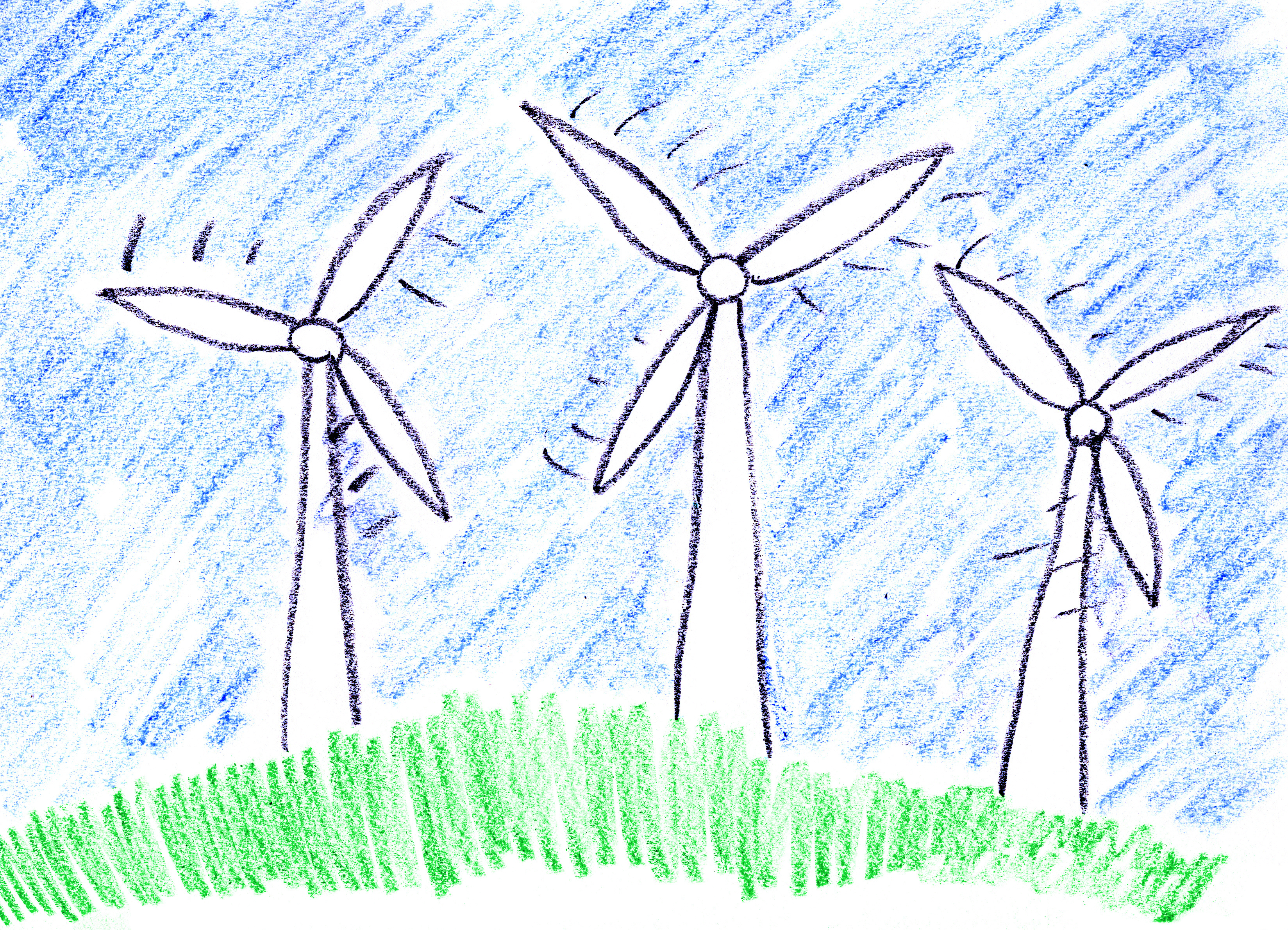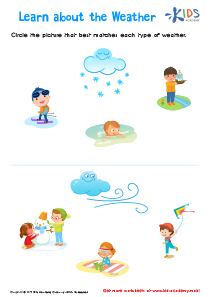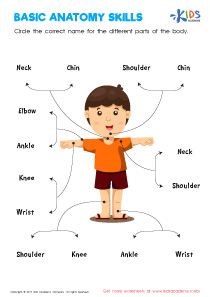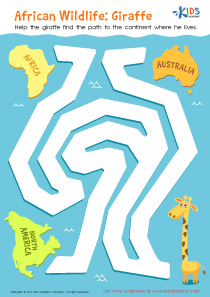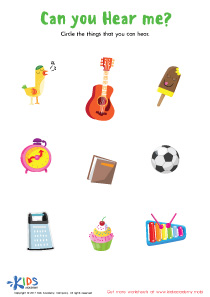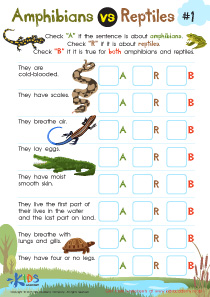Normal Physical Science Worksheets for Ages 3-4
15 filtered results
-
From - To
Introducing our captivating collection of Normal Physical Science Worksheets, meticulously designed for budding scientists aged 3-4. This engaging series invites young learners into the enchanting world of physical science through a blend of fun activities and foundational concepts. Tailored specifically to nurture curiosity and encourage exploration, these worksheets are perfect for little hands and growing minds. With vibrant illustrations and interactive tasks, children will embark on a delightful journey of discovery, learning about the world around them in an accessible and age-appropriate way. Dive into our Normal Physical Science for Ages 3-4 collection and spark a lifelong love for science in your child today!
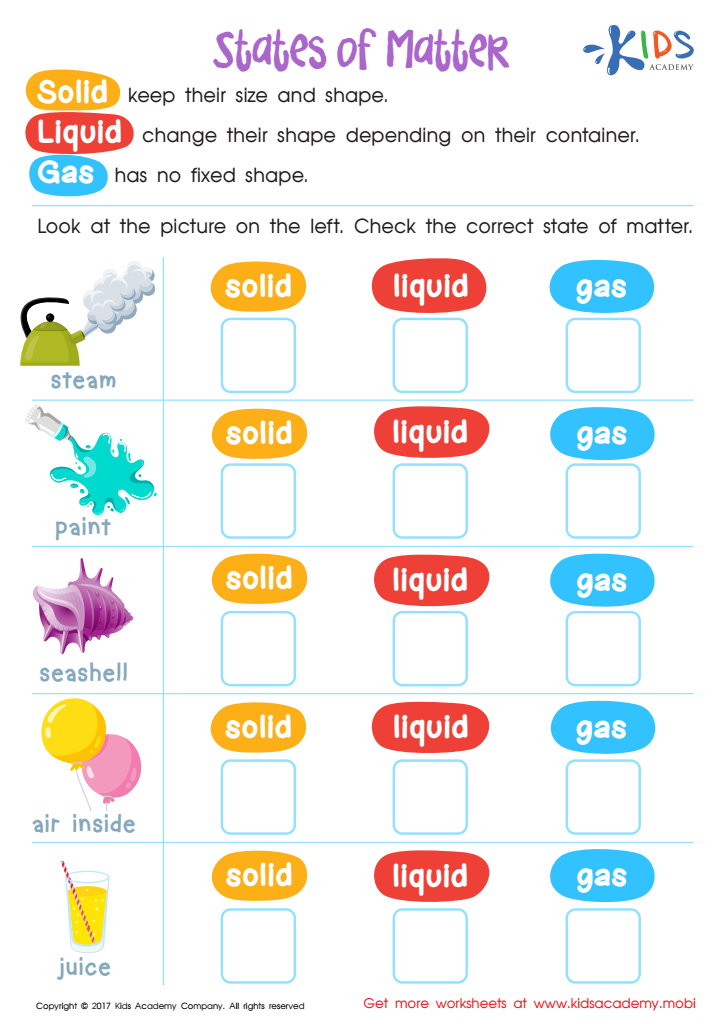

Physical Science: States of Matter Worksheet
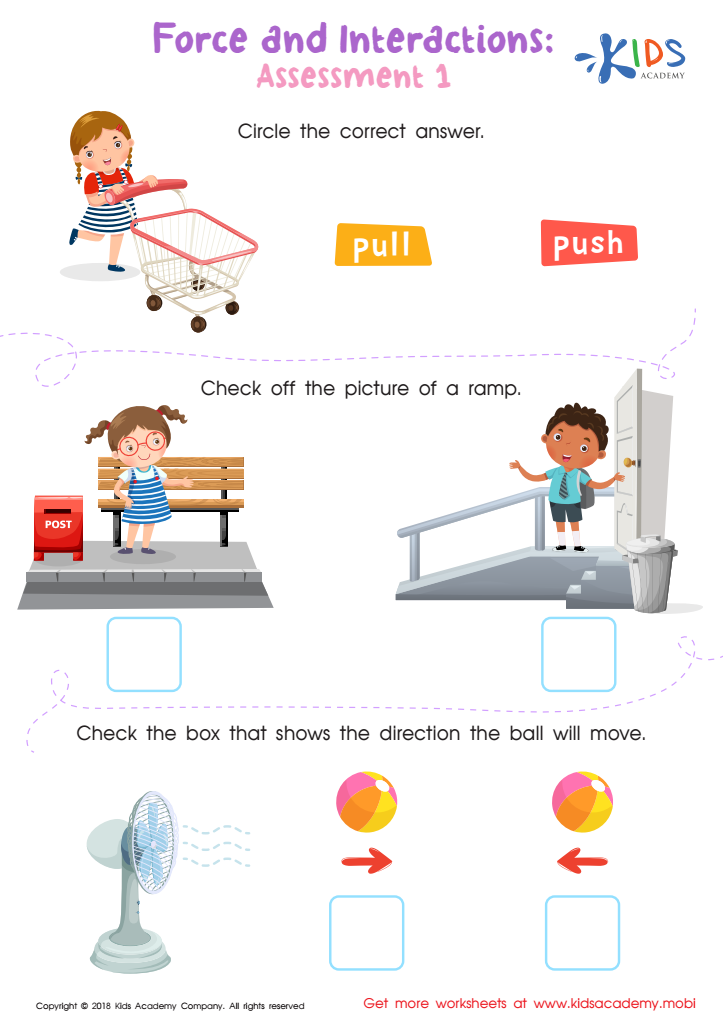

Force and Interactions: Assessment 1 Worksheet
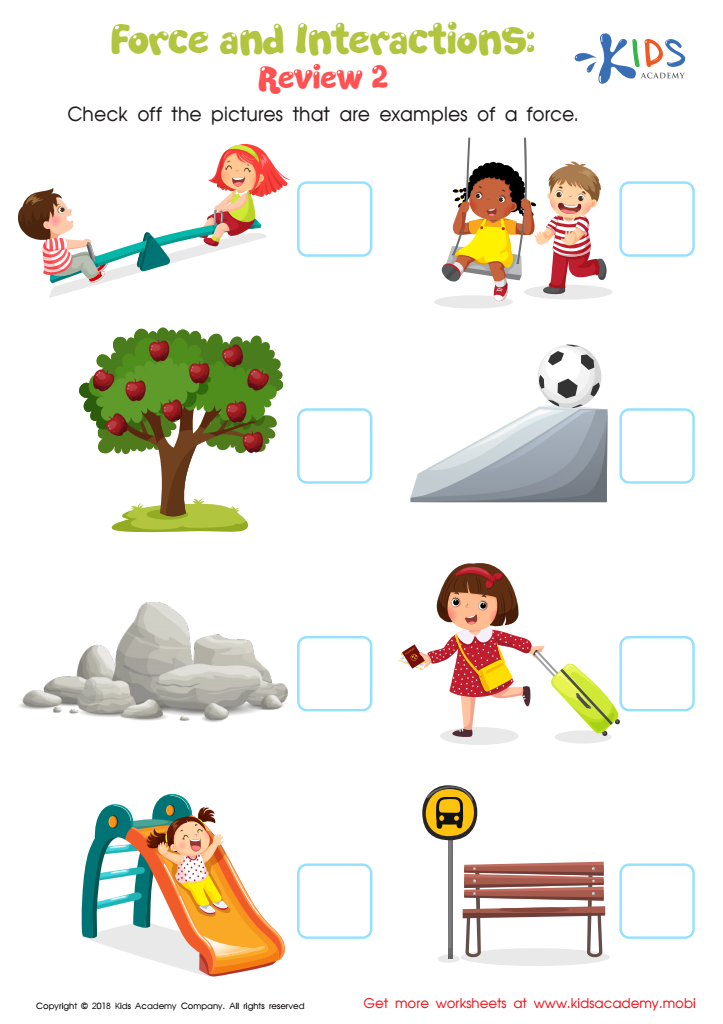

Force and Interactions: Review 2 Worksheet
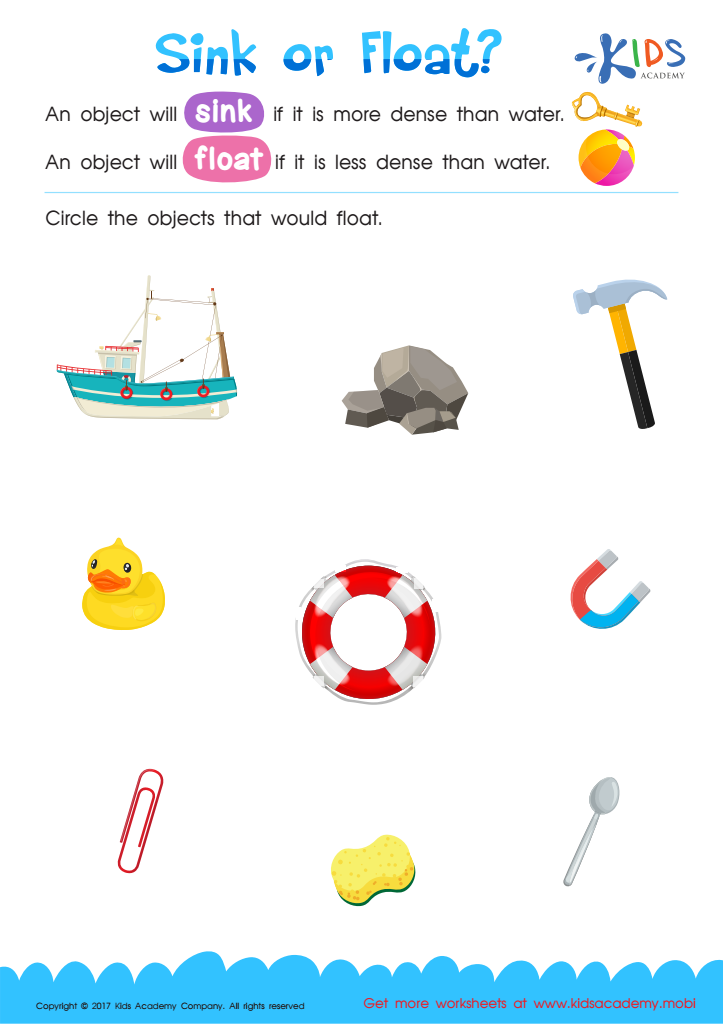

Sink or Float Printable
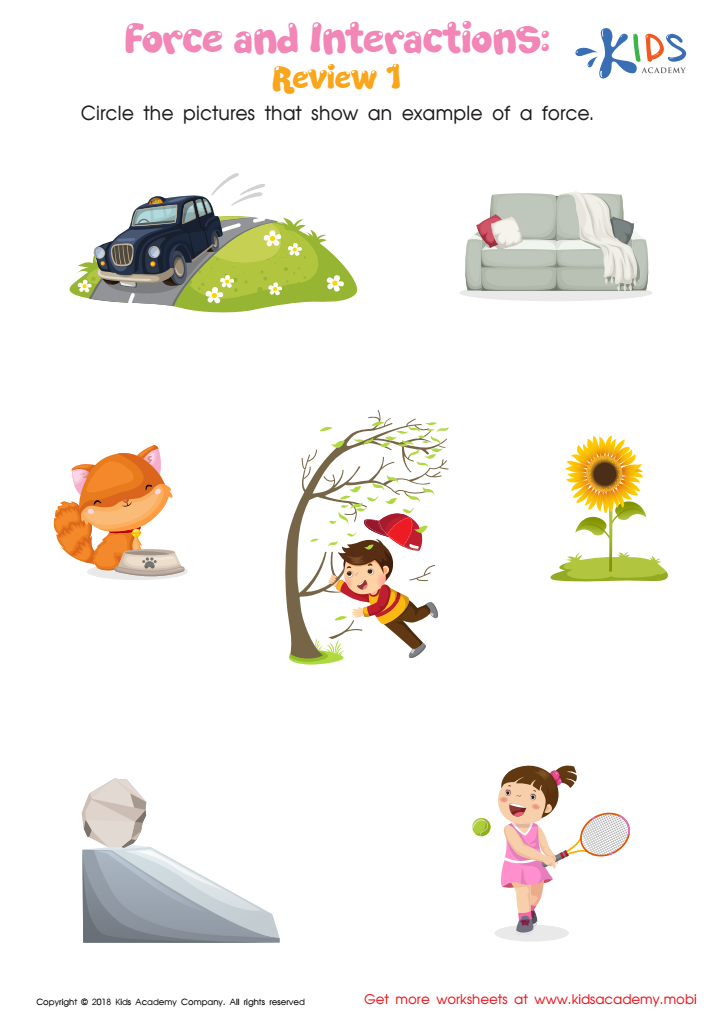

Force and Interactions: Review 1 Worksheet


Going up or Down? Worksheet
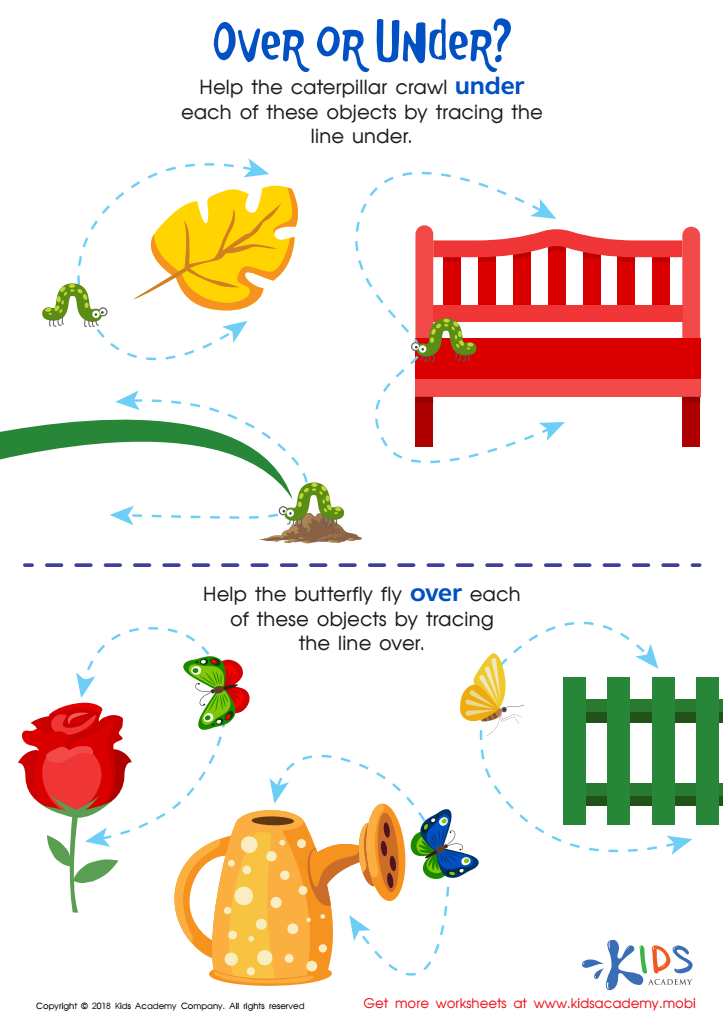

Over or Under? Worksheet
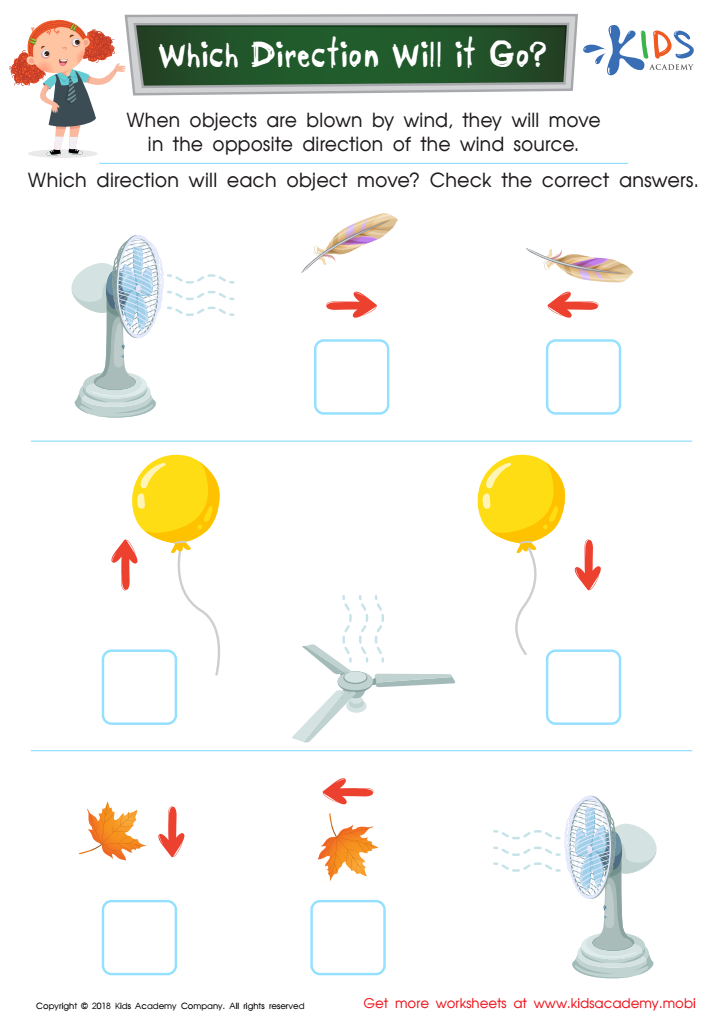

Which Direction Will it Go? Worksheet
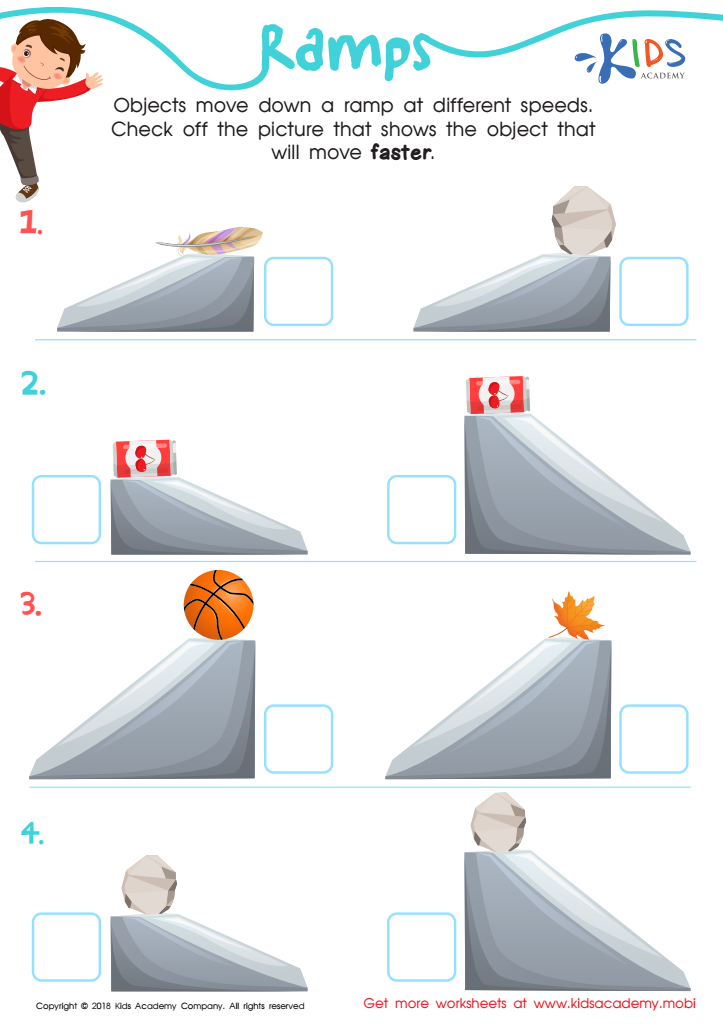

Ramps Worksheet
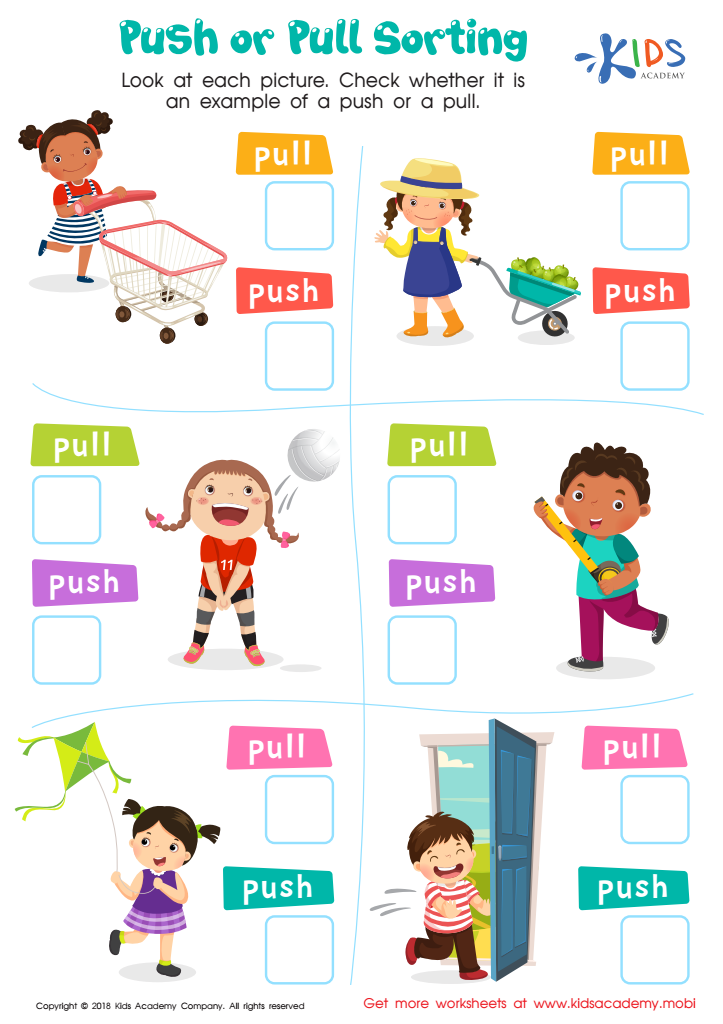

Push or Pull Sorting Worksheet
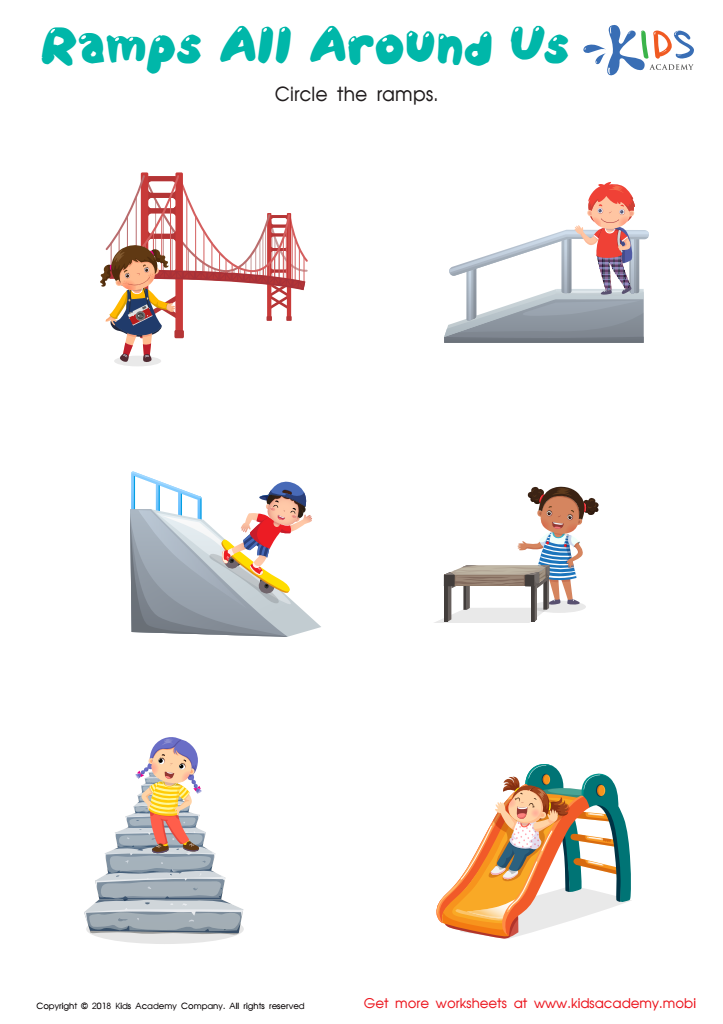

Ramps All Around us Worksheet
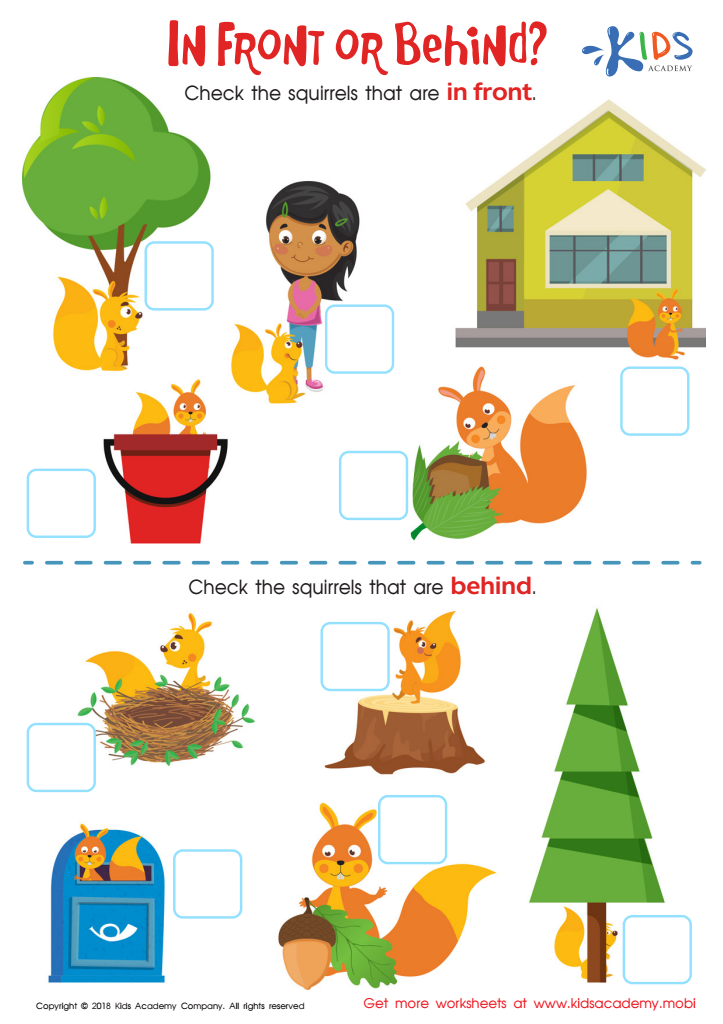

In Front or Behind: Part 2 Worksheet
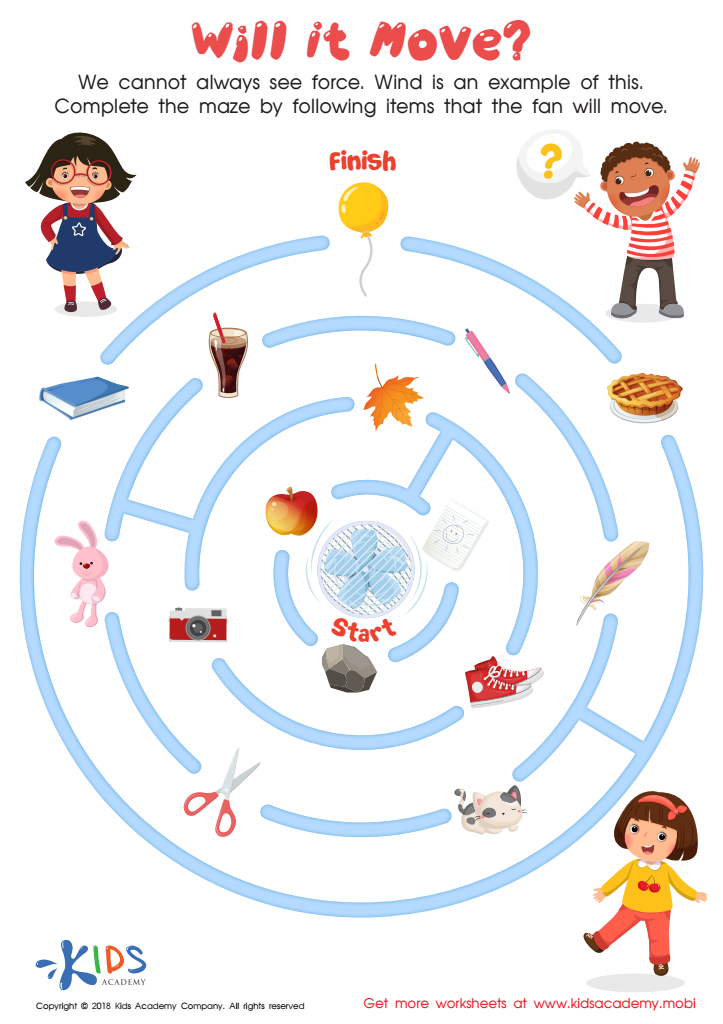

Will it Move? Worksheet


Down it Goes Worksheet
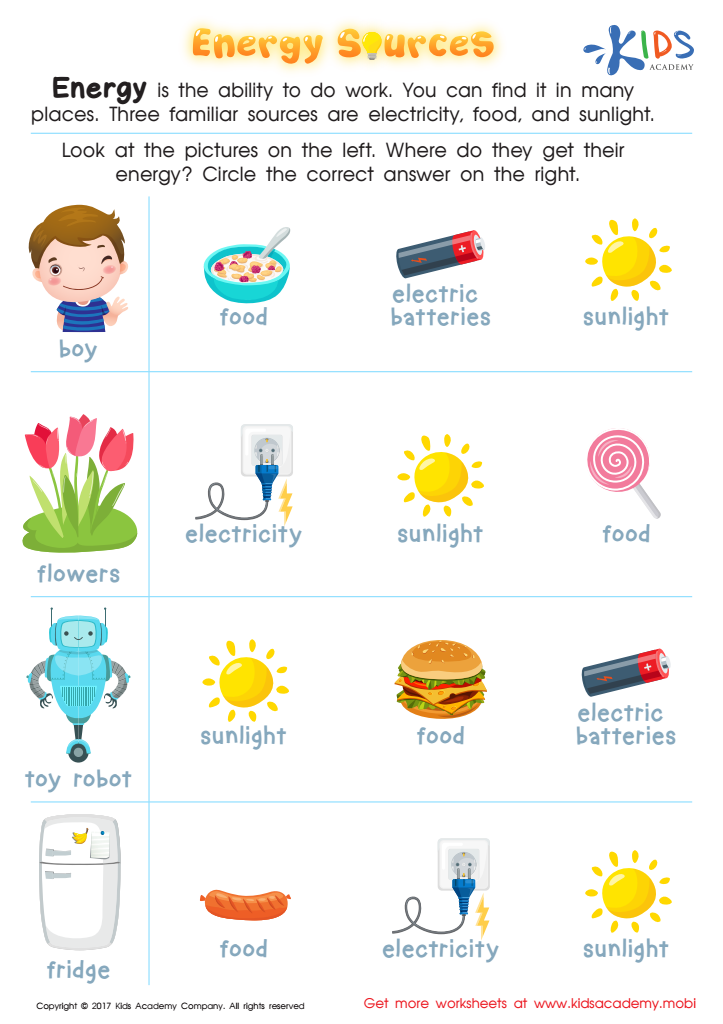

Energy Sources Printable
Normal Physical Science worksheets designed for Ages 3-4 are an invaluable tool in early childhood education. At this foundational stage, children are naturally curious about the world around them, making it the perfect opportunity to introduce concepts of physical science in an engaging and age-appropriate manner. These worksheets are specifically tailored to meet the cognitive and motor skill levels of young learners, ensuring that the content is both accessible and challenging enough to stimulate their inquisitive minds.
The use of Normal Physical Science worksheets for Ages 3-4 aids in the development of critical thinking and problem-solving skills. Through simple experiments, observation exercises, and interactive activities, these worksheets make learning exciting and relevant to their everyday experiences. They serve as a gentle introduction to the basics of physical science, including gravity, motion, and the properties of different materials, laying a solid foundation for future scientific exploration and understanding.
Additionally, these worksheets are designed to enhance fine motor skills as children engage in activities such as coloring, tracing, and cutting. This not only keeps them engaged but also prepares them for more complex tasks in the future. By incorporating Normal Physical Science worksheets into early education, we give children a head start in science, fostering a lifelong love for learning and discovery.
 Assign to the classroom
Assign to the classroom


